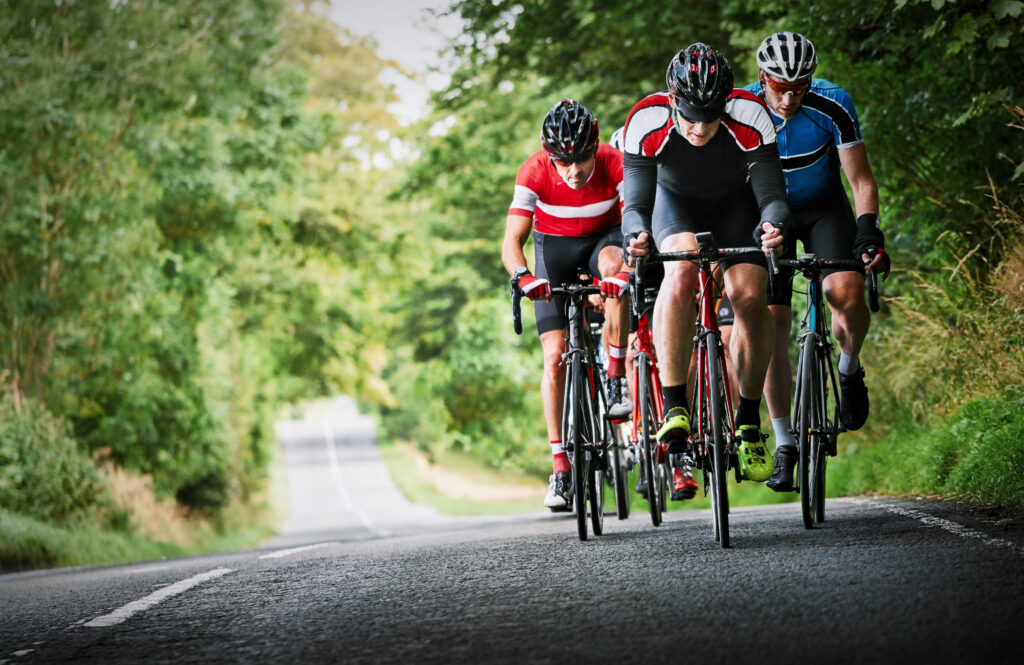Mastering California Vehicles Codes for Bicycles: Group Ride Etiquette and Safety Tips

Mastering California’s bicycle laws and group ride etiquette is essential for cyclists of all skill levels. By understanding the rules of the road and the intricacies of group ride dynamics, you can ensure a safer and enjoyable cycling experience for yourself and your fellow riders. In this blog post, we’ll delve into the California Vehicles Codes for bicycles, group ride etiquette, and safety tips to help you navigate the Golden State’s roads like a pro. Short Summary Understanding California Vehicle Codes for Bicycles As a cyclist in California, it’s crucial to be aware of the state’s bicycle laws to ensure safety and adherence to traffic regulations. These laws cover various aspects, such as riding on the right side, obeying traffic signals and signs, bicycle equipment requirements, and sidewalk cycling regulations. Not only do these rules apply to solo riders, but they’re also essential during group rides to guarantee the safety of all participants. In the following sections, we’ll provide you with a comprehensive guide on these California Vehicle Codes for bicycles and how they impact group ride etiquette and safety. Keep in mind that your local bike shop can be a valuable resource for learning about these laws and acquiring essential cycling equipment. On the Right Side Riding on the right side of the road is not only a legal requirement in California, but also a crucial aspect of group ride safety and efficiency. Cyclists must ride on the right side of the road, in line with the traffic flow, except when making a legal left turn, passing other cyclists, or riding on a one-way street, road too narrow to share, or when the right side of the road is blocked off for construction or a bike lane is unavailable. During group rides, maintaining the correct position on the road is essential to avoid accidents and ensure a smooth experience for all riders. While riding on the right side, it’s important to be mindful of the group’s pace and keep an appropriate distance from other riders. Advanced group riding skills, such as riding in a pace line or double pace line, can further enhance the efficiency of the entire group and reduce the impact of wind resistance. However, there are exceptions to riding on the right side of the road in certain situations, such as passing, preparing for a left turn, avoiding hazards, or when the lane is too narrow to share. In these instances, it’s crucial to communicate your intentions clearly to the group and move to the left when it’s safer to do so. Following these guidelines will ensure a safer and more enjoyable cycling experience for everyone involved. Obeying Traffic Signals and Signs Obeying traffic signals and signs is essential for cyclists in California, as it guarantees the safety of all road users and helps prevent accidents. Cyclists must comply with all traffic signals and signs, including stop signs, yield signs, and traffic lights, just like any other vehicle on the road. During group rides, it’s particularly important to accommodate slower riders and maintain a safer and inclusive environment for everyone involved. Failing to adhere to traffic signals and signs can result in fines or other penalties, as well as create dangerous situations for both cyclists and motorists. By following the traffic laws, you’ll not only be safeguarding yourself and others, but also promoting a positive image of cyclists in your community. Bicycle Equipment Requirements In California, certain equipment requirements must be met for a safer and legal cycling experience. Cyclists are required to have a white front light and a red rear reflector or light for nighttime use. Additionally, helmets that comply with the American National Standards Institute (ANSI) or the Snell Memorial Foundation standards must be worn by riders under the age of 18. These equipment requirements are not only essential for individual cyclists, but also play a crucial role in group ride safety. The front rider should set a good example by ensuring they have the required equipment and follow the rules of the road. Properly equipped bicycles and adherence to traffic laws contribute to a safer and enjoyable group ride experience for all participants. Sidewalk Cycling Regulations While there is no state-level prohibition against sidewalk cycling in California, it’s essential to check local ordinances in your area for any additional regulations. Cycling on sidewalks can pose risks due to the presence of pedestrians, cars, and other cyclists, so it’s important to be mindful of your surroundings and adhere to the rules of the road when doing so. Experienced riders can provide valuable insights and advice on local cycling regulations and group ride etiquette, so don’t hesitate to ask for guidance from your fellow cyclists or local bike shop. By following the appropriate sidewalk cycling regulations, you’ll ensure a safer experience for yourself and those around you, especially for new riders. Group Ride Etiquette and Safety Now that we’ve covered California’s bicycle laws, let’s dive into the key aspects of group ride etiquette and safety. In the following sections, we’ll discuss communication and signaling, formation and spacing, and sharing the road with motorists. These essential elements will help you navigate most group rides like a pro and create a safer and enjoyable experience for all participants in cycling group rides. Communication and Signaling Clear communication and signaling are vital during group rides to ensure the safety of all participants. Hand signals and verbal cues, such as “car back” or “hole,” allow riders to effectively warn others of potential hazards or changes in direction. Communication is especially important when navigating through intersections or making turns, as riders need to be aware of each other’s intentions and movements. During group rides, the lead rider has a responsibility to monitor the road ahead and alert the group to any obstacles or hazards they encounter. Likewise, tail end riders play a crucial role in calling out approaching vehicles from behind and signaling lane changes when necessary. By using a combination of hand signals


